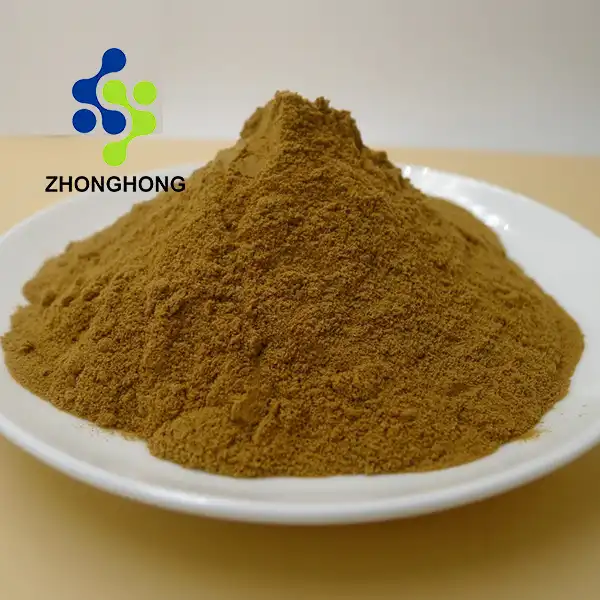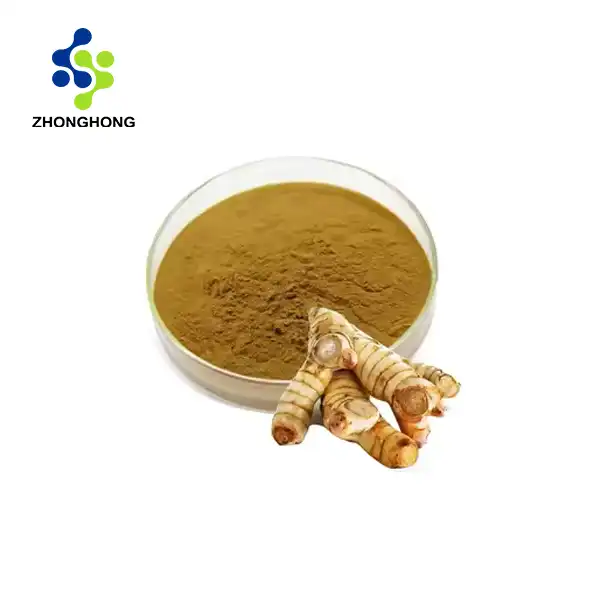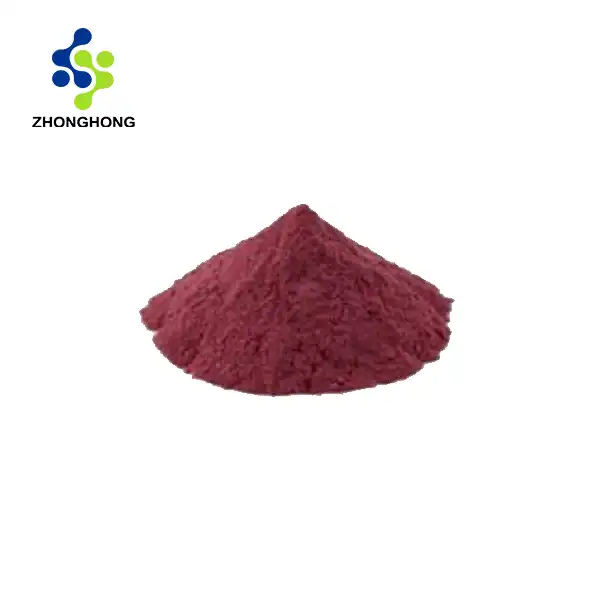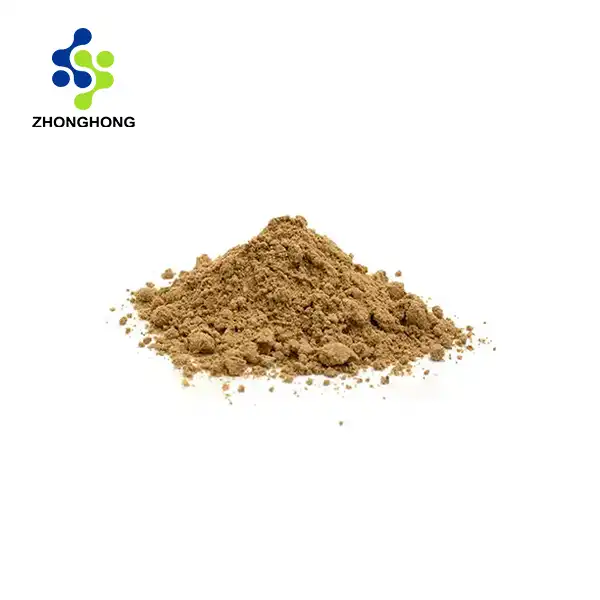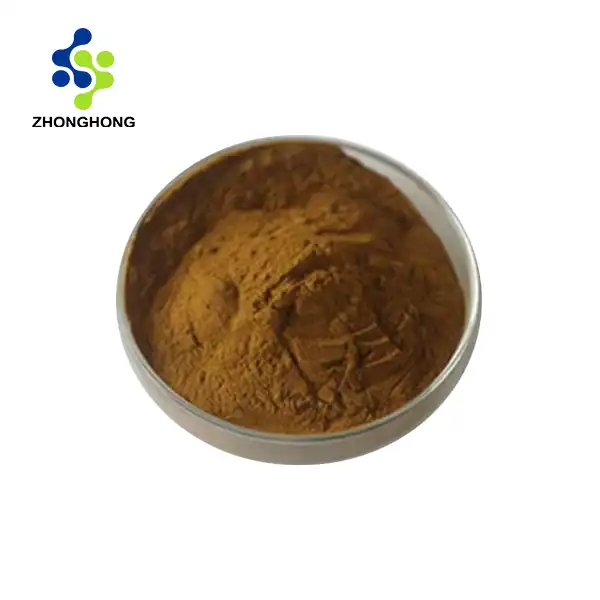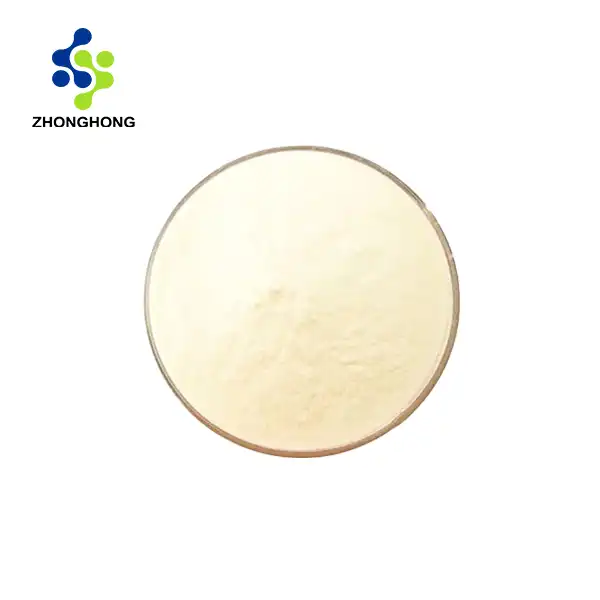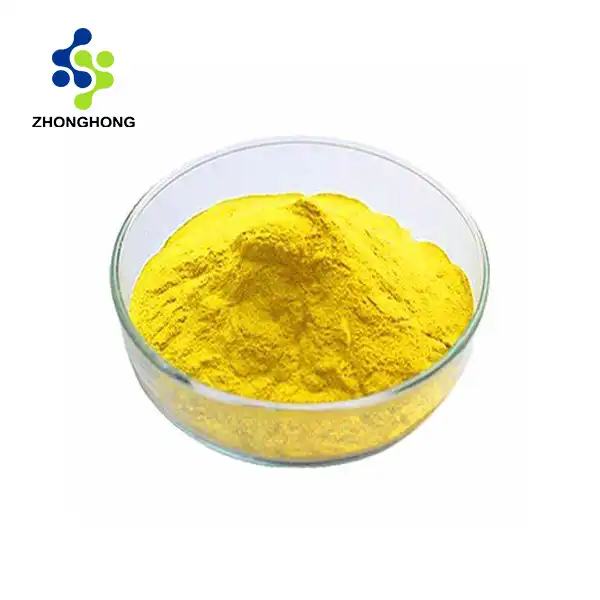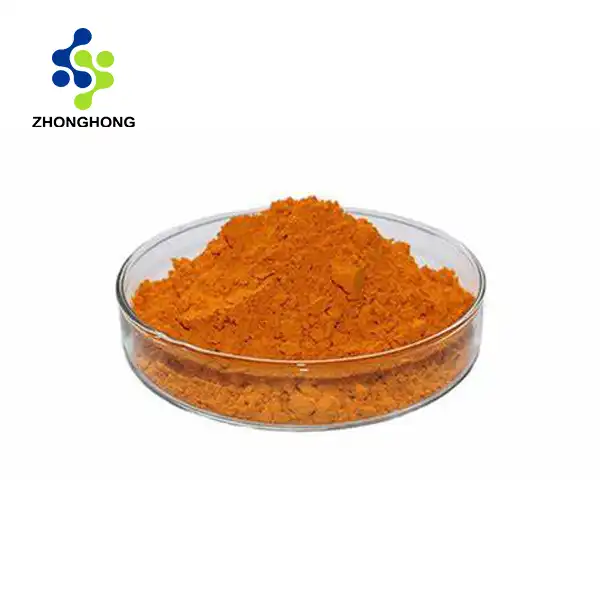What Is Hamamelis Extract and Its Origins?
The Botanical Background of Hamamelis
Hamamelis extract, commonly known as witch hazel, is derived from the Hamamelis virginiana plant. This deciduous shrub is native to North America and has been used for centuries by indigenous peoples for its medicinal properties. The plant's leaves, bark, and twigs are rich in tannins, flavonoids, and other bioactive compounds that contribute to its therapeutic effects.
Historical Use and Cultural Significance
Native American tribes were among the first to recognize the healing potential of Hamamelis. They used it to treat various ailments, including skin irritations, inflammations, and even internal issues. The plant's name, "witch hazel," is believed to have originated from the Old English word "wych," meaning flexible, referring to its pliable branches. Early European settlers quickly adopted the use of Hamamelis, incorporating it into their own medicinal practices.
Modern Extraction Methods
Today, Hamamelis extract is typically obtained through steam distillation or solvent extraction of the plant's leaves and bark. The resulting extract is a concentrated form of the plant's active compounds, ready for use in various applications. Modern extraction techniques ensure that the beneficial properties of Hamamelis are preserved, making it a potent and versatile natural remedy.
Health Benefits of Hamamelis for Everyday Use
Skin Care Applications
Hamamelis extract shines in the realm of skincare. Its astringent properties make it an excellent toner, helping to tighten pores and reduce excess oil production. The extract's anti-inflammatory effects can soothe irritated skin, making it beneficial for conditions such as acne, eczema, and psoriasis. Many people find relief from sunburn and minor cuts by applying Hamamelis-based products topically.
Internal Health Benefits
While primarily known for its external applications, Hamamelis extract also offers internal health benefits when used properly. Some studies suggest that it may help alleviate digestive issues, such as diarrhea and stomach ulcers, due to its astringent and anti-inflammatory properties. However, it's crucial to consult with a healthcare professional before using Hamamelis extract internally, as improper use can lead to adverse effects.
Versatile Home Remedy
Hamamelis extract's versatility extends beyond skincare and internal health. It can be used as a natural deodorant, thanks to its ability to combat bacteria and reduce sweating. The extract is also effective in soothing insect bites, reducing the appearance of bruises, and even alleviating the discomfort of hemorrhoids. Its natural, gentle nature makes it a popular choice for those seeking alternatives to conventional treatments.
Comparing Hamamelis with Other Natural Extracts
Hamamelis vs. Aloe Vera
Both Hamamelis and Aloe Vera are renowned for their soothing properties, but they differ in their specific benefits. While Aloe Vera excels in moisturizing and cooling the skin, Hamamelis is particularly effective as an astringent and anti-inflammatory agent. Hamamelis extract may be more suitable for oily or acne-prone skin, whereas Aloe Vera is often preferred for dry or sun-damaged skin.
Hamamelis vs. Tea Tree Oil
Tea Tree Oil is known for its powerful antimicrobial properties, making it a popular choice for treating acne and fungal infections. Hamamelis, while also possessing some antibacterial qualities, is generally gentler and more suitable for sensitive skin. It offers a broader range of benefits, including reducing inflammation and tightening skin, which makes it a more versatile option for overall skincare.
Synergistic Effects with Other Extracts
Hamamelis extract often works synergistically with other natural ingredients. When combined with calendula, it can enhance wound healing and skin soothing effects. Pairing Hamamelis with green tea extract can boost its antioxidant properties, providing greater protection against environmental stressors. These combinations showcase the potential of Hamamelis to complement and enhance the benefits of other natural remedies.
Conclusion
Hamamelis extract stands out as a versatile and effective natural remedy, offering a wide range of benefits for skin health and beyond. Its gentle yet potent properties make it a valuable addition to any wellness routine. As with any natural remedy, it's important to use Hamamelis extract responsibly and consult with healthcare professionals when necessary. If you want to get more information about this product, you can contact us at liaodaohai@gmail.com.
_1728976869676.webp)
